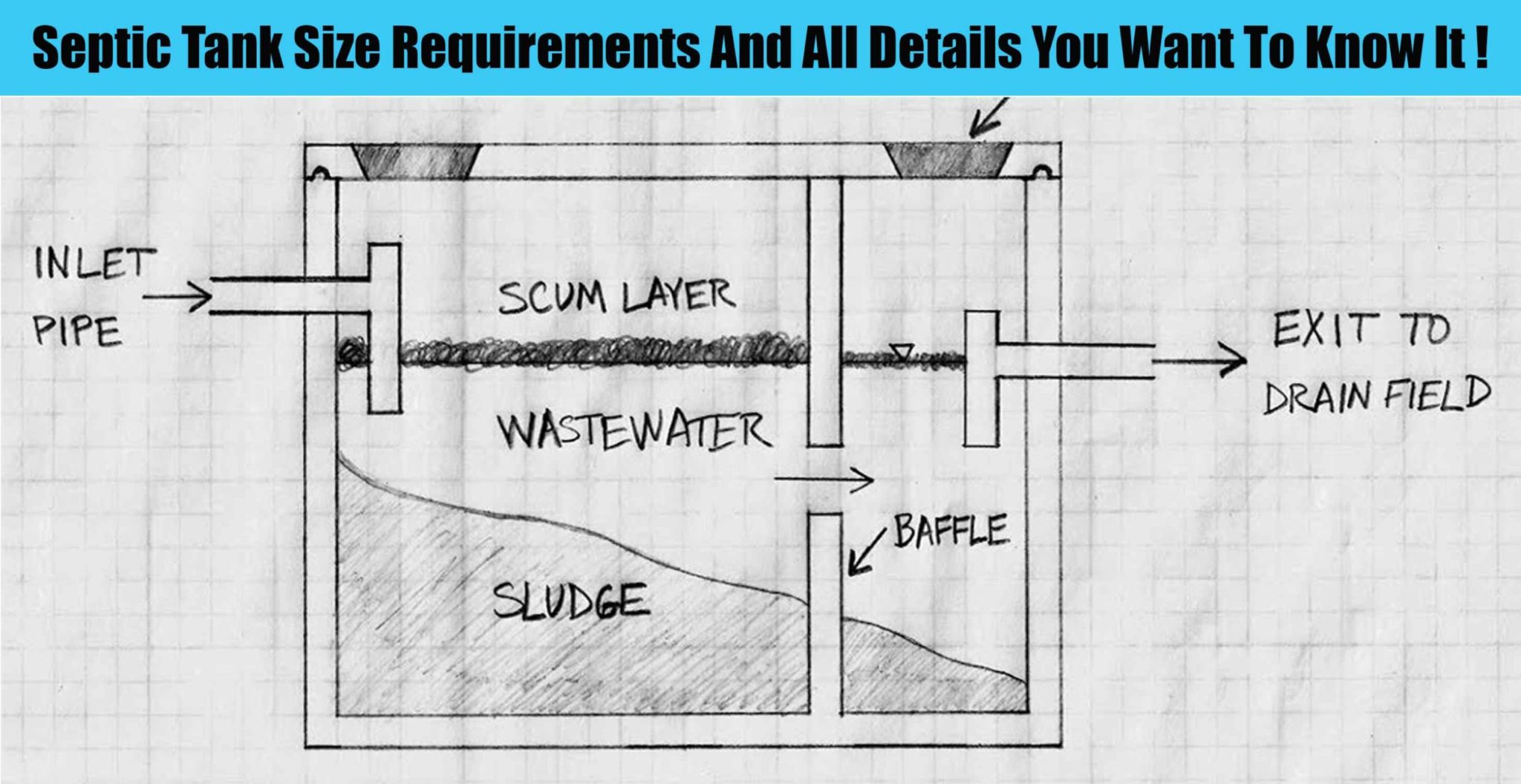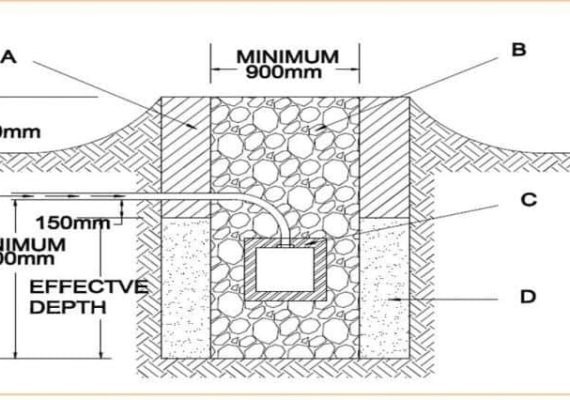What Is A Moving Bed Biofilm Reactor (MBBR)?
What Is A Moving Bed Biofilm Reactor (MBBR)?
Moving Bed Biofilm Reactors (MBBR) are a type of wastewater treatment process. They use a fixed bed for microorganisms and a moving bed for biomass. The fixed bed is the biofilm reactor, while the moving bed comprises a sludge recirculation system that moves through tubes.
The aerobic granulation process removes organic matter from water by allowing it to settle on top of each other like layers in onion until they reach the bottom, where it’s collected as sludge which can then be recycled back into production cycles or disposed of safely at designated landfills.
What Does MBBR Remove?
MBBR is a type of Biological Nutrient Removal (BNR) system. It’s used in drinking water treatment and wastewater treatment systems to remove waste matter and pollutants like ammonia, nitrogen, and BOD.
- BOD
The BOD is a measurement of the amount of organic matter in water. It’s a good indicator of how much oxygen will be required to remove it.
MBBR uses aeration, which uses oxygen to oxidize the organic matter and break it down into carbon dioxide and water. This process requires less energy than other methods, like filtration or ozonation (which uses ozone).
- Ammonia
Ammonia is a toxic gas that the breakdown of organic matter can produce. It is highly soluble in water, so MBBR systems easily remove it.
- Nitrogen
MBBR removes a lot of nitrogen. It’s one of the most efficient processes for removing this element from wastewater. With an average removal efficiency of 99%, MBB can reduce nitrogen levels by up to 99%.
This is especially useful for water treatment plants that need to remove nitrates from their effluent stream before discharging it into natural waterways or other bodies of water.
The process works by passing wastewater through biofilters containing activated carbon (AC) and microorganisms like algae and bacteria that consume dissolved organic matter in the wastewater as they grow on top of the AC.
As these organisms die off, they become trapped within layers within each filter cake, where they decompose further into solid matter known as “sludge,”–which can then be safely disposed of outside your facility!
- MBBR removes BOD, ammonia, and nitrogen.
MBBR is an advanced biological treatment technology that uses microorganisms to remove contaminants from wastewater. MBBR removes BOD, ammonia, and nitrogen.
MBBR is compact, simple to operate, and efficient for removing biochemical oxygen demand (BOD), ammonia, and nitrogen.
What Is MBBR Made Of?
MBBR is a biological treatment system that uses activated sludge as the primary process to treat wastewater. This technology uses recycled plastic carriers placed in tanks that act as biofilters, removing contaminants from wastewater.
The carrier material comprises small pieces of polyethylene (PE) or polypropylene (PP), which have been chemically modified and then ground into powder form.
They can be reused many times before needing to be disposed of properly in landfills or incinerators so they do not pollute our environment.
What Are The Advantages Of The MBBR Process Compared To The Activated Sludge Process?
MBBR is an advanced biological treatment process. It uses a suspended growth-activated sludge process, which offers numerous advantages over ASP:
- Efficiency: MBBR takes up less space and uses less energy than ASP.
- Cost-Effectiveness: The investment cost of an MBBR plant is lower than that of an ASP plant and its operating costs.
- Flexibility: The ability to treat different types of wastewater makes this technology very versatile regarding what kind of effluent can be produced after treatment.


![Advantages of Biodigester + How Biodigester Works [A Simple Guide]](https://www.hpdconsult.com/wp-content/uploads/2019/06/maxresdefault-1-570x400.jpg)